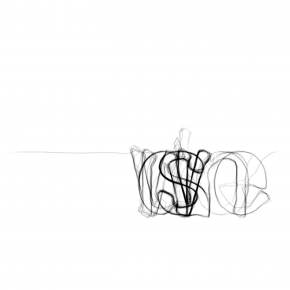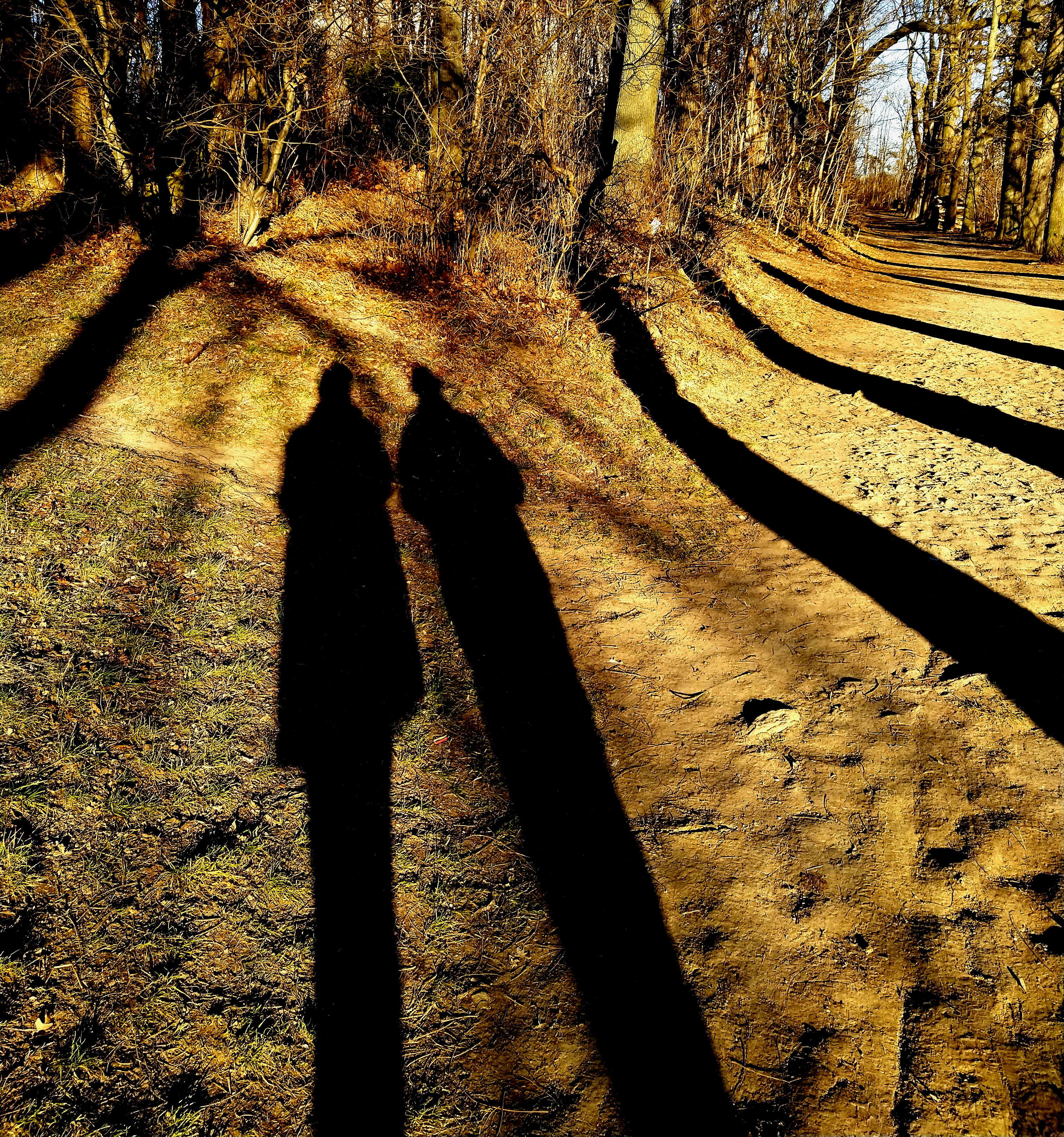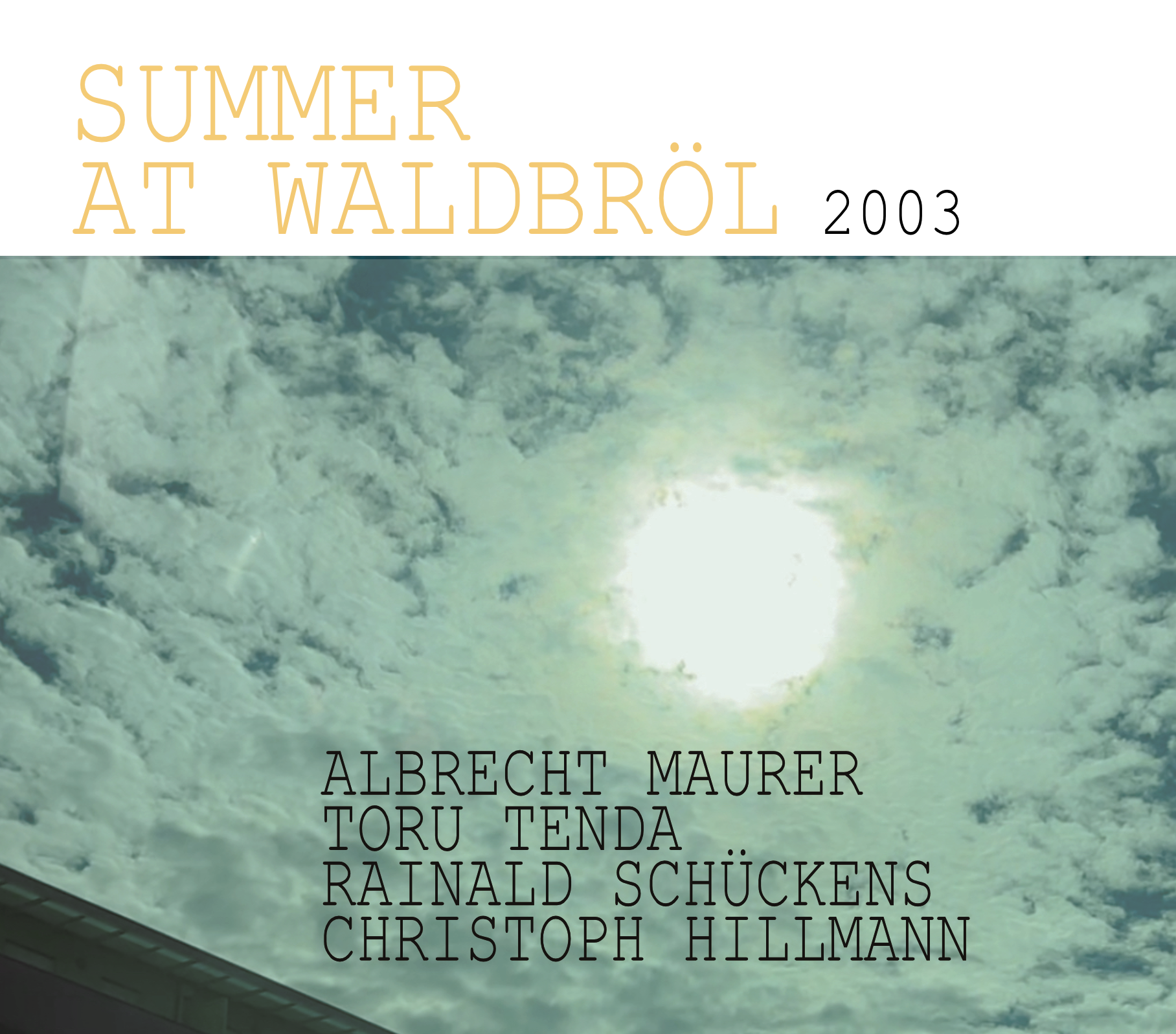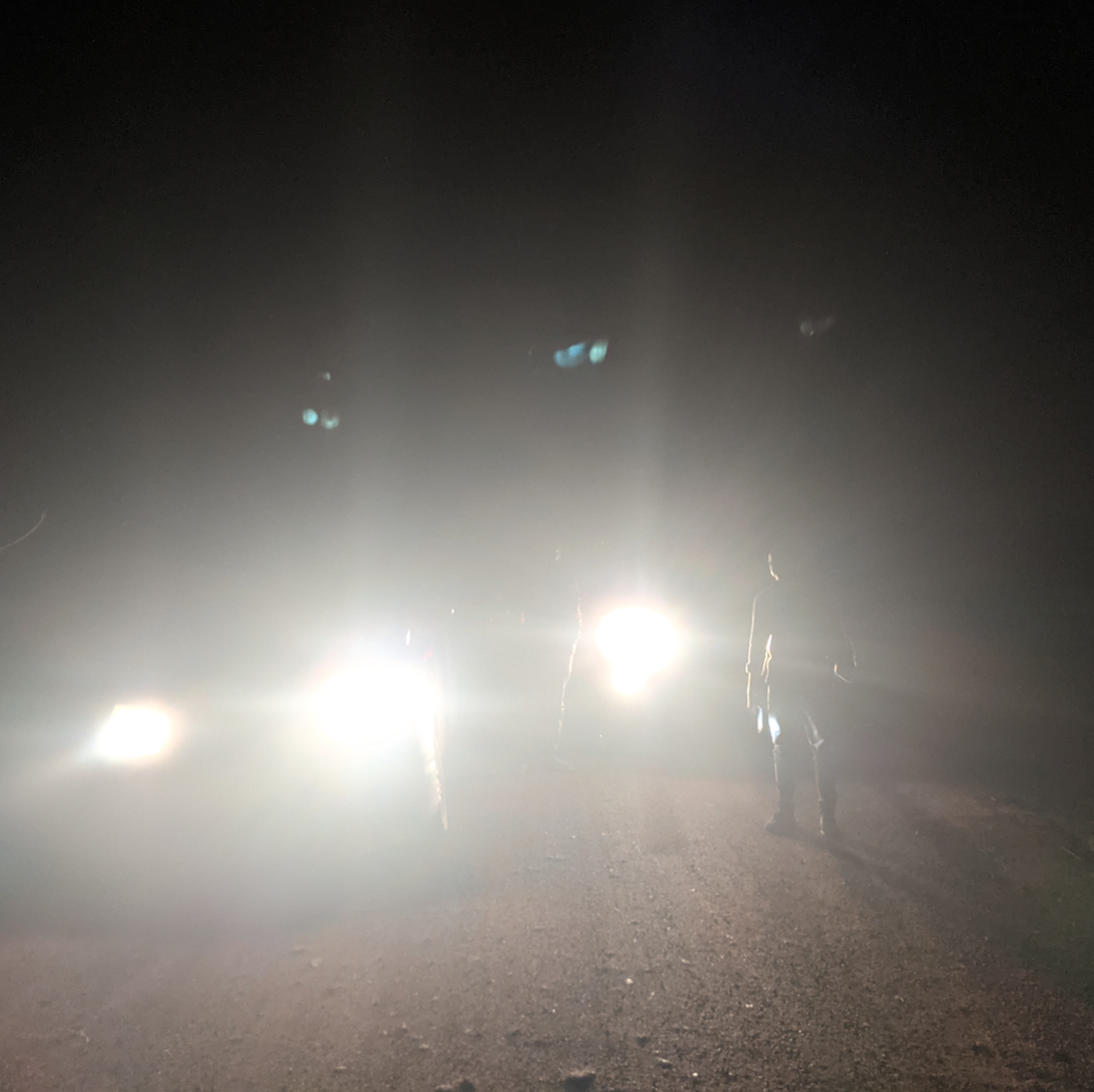2017-07-06 to 2017-07-07
Daniel Bisig, Ephraim Wegner
xCoAx 2017
Jetzt is a chronological deconstruction of the same named poem written by Max Bense. JETZT means “in the now” or in other words the present moment. The poem is an amusing play on words as well as an acute insight on the structure of German language. Bense refers to the fact that when we point to a now, as when we say “this moment” (JETZT), we have already missed it in some sense. The now eludes our capture, for it disappears at the very moment we apprehend it. The poem was created as a reaction to Georg Wilhelm Friedrich Hegels remarks on the topic of JETZT in “Phänomenologie des Geistes” (in the chapter relating to Bewusstsein, Teil I: “Die sinnliche Gewissheit”).
The performance follows a composition in 10 parts and leaves space for spontaneous decisions and improvised variations by Bisig and Wegner on stage. Several words of the text are synthesized, sometimes stretched to a very long time period. The connection between music and image progresses through different forms of relationships, control parameters for sound synthesis occasionally affect image generation, spoken words become periodic attractors for the swarm simulations.
Ephraim Wegner developed a Csound script that coordinates the text material by a Markov chain. The chain indices are linked to parameters of granular synthesis (speed/duration, size, rate) a noise vocoder, a rhythm section (speed/duration) and fractional noise (speed/duration, frequency).
The video generation is also linked to the indices of the Markov chain, thus influencing swarm behaviour, repulsion and attraction of the individual particles, alignment on typographic vectors and creating various structures with different textures.
Within the borders of this setup and the limits of the composition, Bisig and Wegner are using their live impact on the stimulating indices, turning parts of their instruments on or off, setting thresholds, using transparency and volume control to respond to one another as well as to the evolving system.
The artists are approaching the phenomenon of JETZT using an entangled system of sound and images, zooming in between the lines and letters, expanding that present moment along time and assigning it a location in space. Sound and Picture are constantly changing and evolving. There is hardly a moment of temporal extension, except for those moments, when particular words of the poem are made tangible musically or in the visual projection. The play on words is complemented and counteracted by the play of the artists. This approach enables a different form of perception of that present moment, whilst at the same time it is conceived it is already overlapping with the actual presence. The issue of this simultaneity is beyond the expressive possibilities of language.




